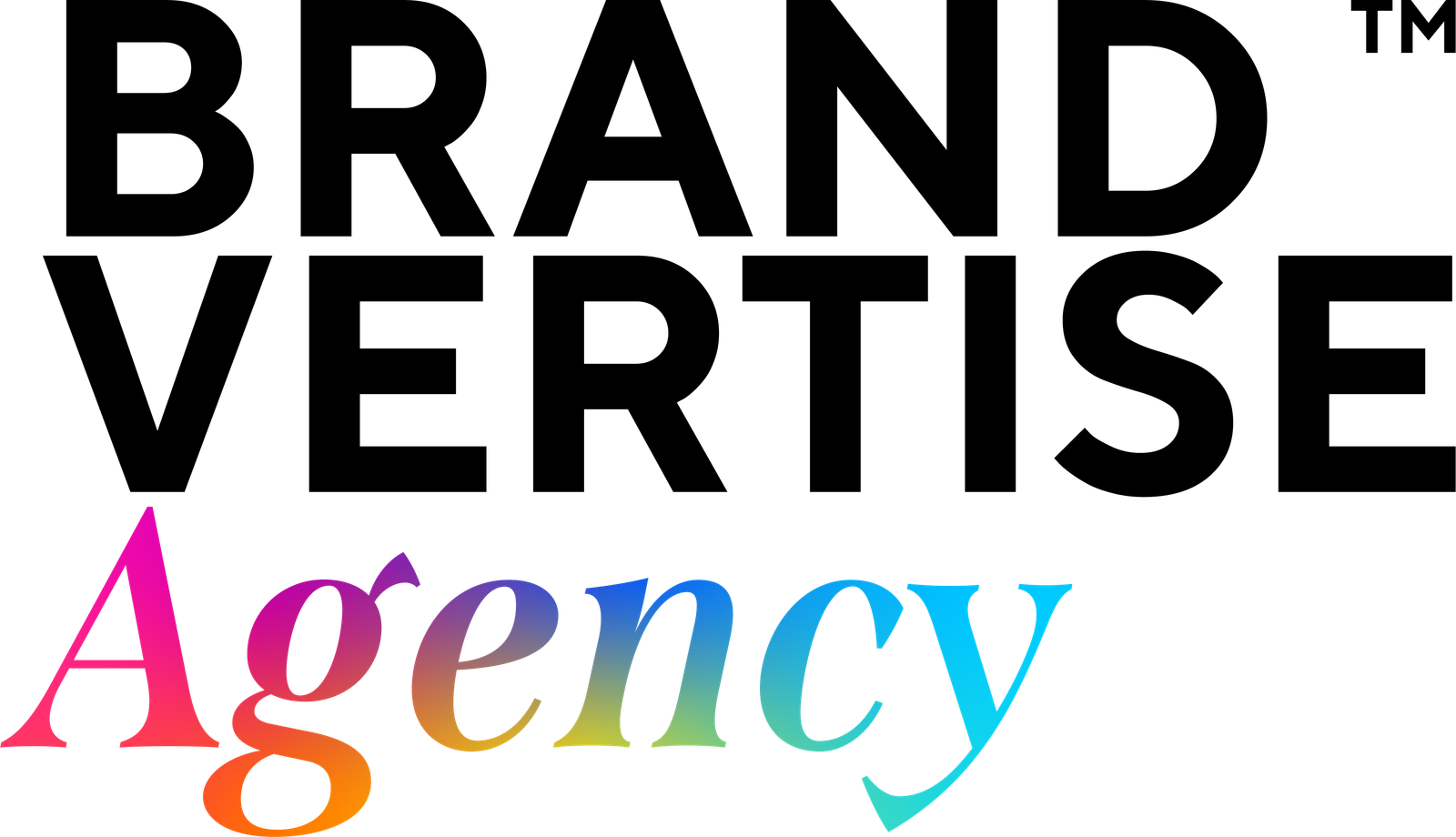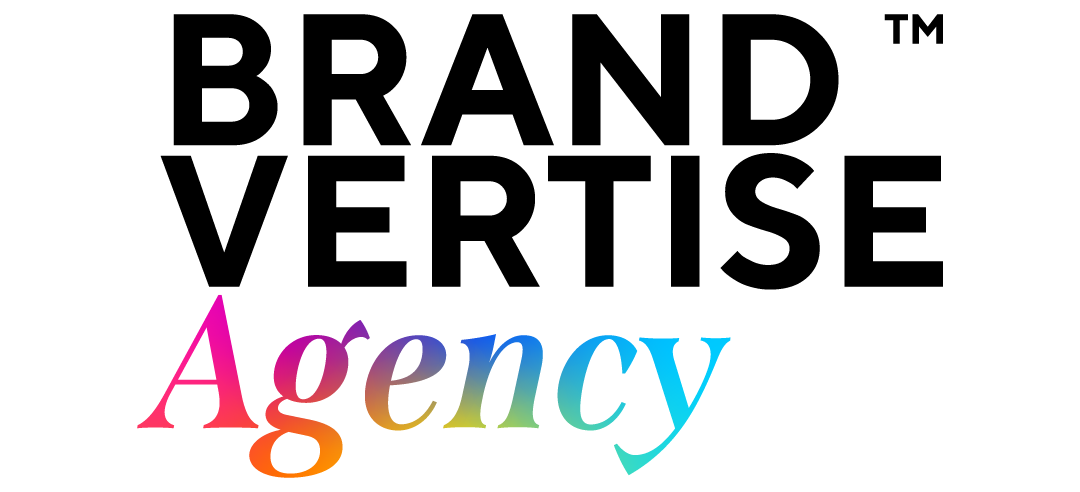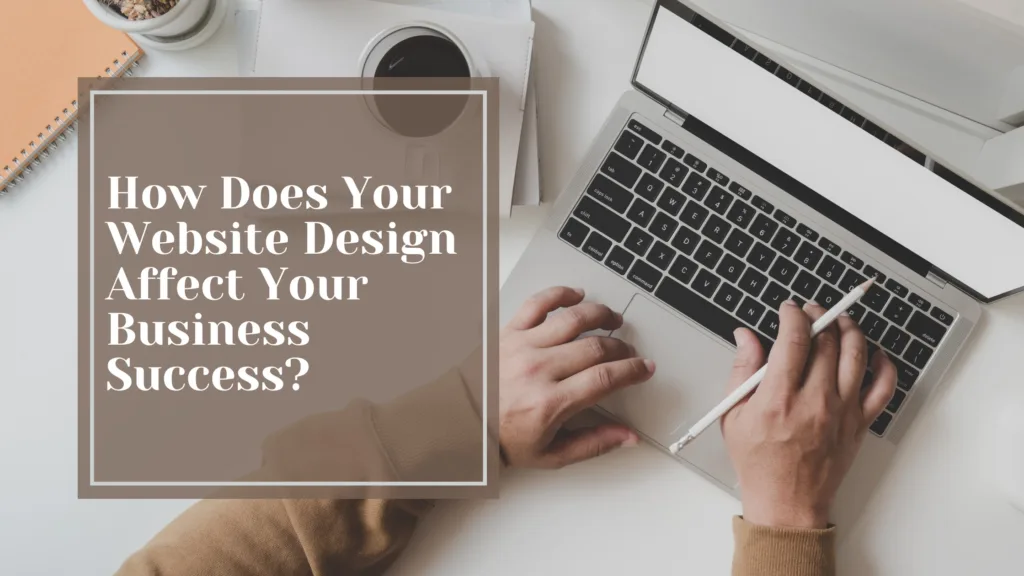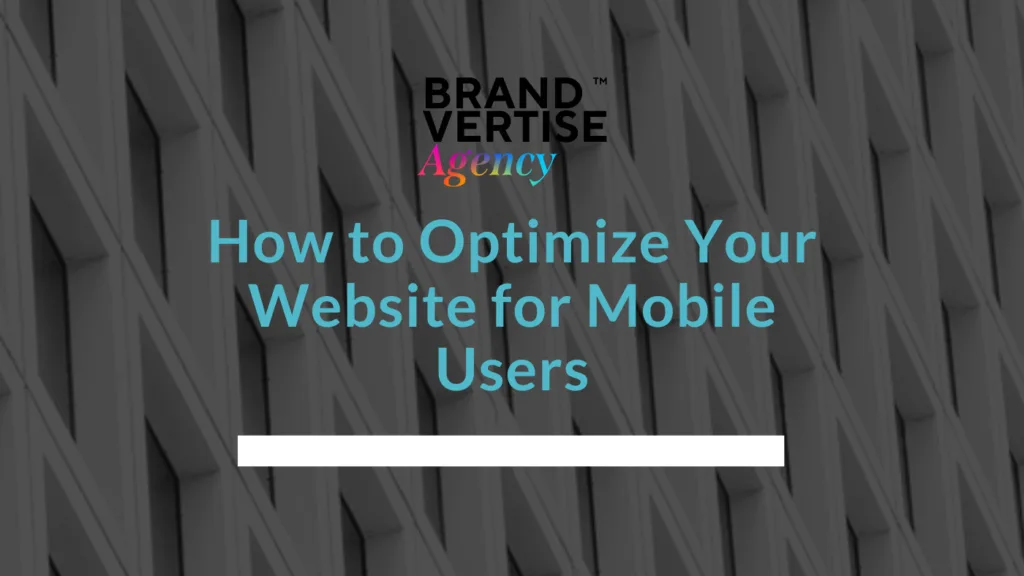With each new technology, routine or design principle that emerges, the field of website design changes rapidly. Stay abreast of what is trendy these days in order to make more engaging, visually appealing sites that people find easy to use. Here are a few examples:
1. Dark mode
It is increasingly popular across various platforms and devices. The main reason for this is that it helps reduce the strain on your eyes when you are using your computer or phone at night. It also gives websites a more modern and smart look. Colors tend to pop more when viewed against black or dark backgrounds thus making websites visually appealing. There are certain sites that allow its users to choose between bright and dark themes depending on their preferences. This way, it can accommodate all kinds of people.
2. Extreme minimalism and Simplicity
In web design, extreme minimalism remains significant. “Less is more” is the guiding principle behind this concept which tends to reduce clutter and simplify navigation thereby making it easier for users to intuitively interact with them. White spacey layouts with several clean lines make users concentrate more on the message instead of anything else around it such as images or colors. At the same time, speed of loading is increased since there is less information to be included hence little weight.
3. Micro-Interactions
Simply put, micro-interactions are small animations or design elements that respond whenever you do anything in an application or a website. This involves hover effects, button animations, scrolling effects among others. They enrich the way users interact with systems by giving them back useful feedback while at same time making the graphic user interface feel alive. These make it possible for one to have a more engaging user experience through websites especially when one considers how they are able to appear professional even without much effort inputted into them.
4. Graphics and Innovation in 3D
With the ease of web technology advancement, the use of 3D elements and illustrations in web design has been simplified. They are used to make websites three-dimensional and give a feel for reality that is absent in two dimensions. The ability of goods showrooming or interactive data visualization through a 3-dimensional model will enable your website to attract more users than ever before leading them with lasting memories behind.
5. Asymmetrical Layouts
The use of asymmetrical designs is on the rise and is a departure from traditional grid-based layouts. This is because they are capable of creating movement and interest through irregular shapes and sizes, overlapping elements as well as non-standard text and image placing. While at the same time asymmetrical layouts can be used to increase dynamism and innovativeness in websites thereby attracting a user’s eye for them to explore more.
6. Bold Typography
The typeface in web design is powerful. Bold and expressive fonts are returning into play. It is possible to communicate powerful messages via large-sized catchy artistic designs. Visual hierarchy is established within serif typography as a result of bold and oversized typefaces. Hero sections headers often have bold typographies as well as call to actions for visual emphasis. Therefore, putting together rare scripts and striking color combinations can make a website beautiful.
7.Voice User Interface (VUI)
As voice-controlled gadgets and virtual aides become more popular, the significance of Voice User Interface (VUI) in web design obligations is increasing. It permits users to communicate with websites through the use of just their voices thereby creating hands-free experiences that are easier for everyone. The incorporation of voice searching and voice navigating helps to improve accessibility hence offering a new approach of interacting with information.
8. Augmented Reality (AR) Integration
Augmented Reality (AR) is making a shift in website user experience. In AR, a superposition of virtual objects is done on real world objects thereby creating immersive and interactive scenarios. In the e-commerce sector, this phenomenon is making it possible for customers to virtually wear products, see how certain items fit in their homes or even get detailed information about them. By incorporating AR technology in the web, it is possible to improve user involvement.
9. Design for Sustainability and Ecology
As more awareness about the environmental problems arise, web design started taking a close look at sustainability. Environment-friendly websites primarily aimed at minimizing pollution due to carbon emissions in terms of performance optimization, energy-saving hosting, as well as simplicities in design. Nature benefits from sustainable designs too besides; they attract the green minded users.
10. Mobile-First Design
Mobile-First Design Because of the increased use of gadgets, if you are not designing mobile-first, you are not doing it right. The idea of mobile-first design is to make websites attractive and fully functional on smaller screens. This usually focuses on streamlining navigation plus load times optimization as well as employing responsive design methods to adjust content depending on different screen dimensions.
11. Personalization and AI
The custom user experiences that machine learning has come to facilitate have had a complete overhaul in website design. With AI it now becomes so easy for sites to be configured to an individual’s preferences based on the kind of content they consume, or even show them stuff that they did not know they would love. This means that there’s no limit as to how personalized experiences can get; chatbots or interactive pop-ups offer some solutions here but there are others too.
12. Neomorphism
Neomorphism is becoming popular, a concept that uses elements from both flat design and skeuomorphism. It generates a tactile impression by utilizing gentle highlights and shadows in order for the images in web interface design to look like they are floating above it. Neomorphism can make UI elements look more real by providing them with visible textures like gloss or embossment, that makes user-behavior trial visually (it will be approached accordingly individually ) and more interactive connectors at the same time, hence producing content that is both engaging and attractive.
Conclusion
New technologies, user’s likings and design creativity continuously bring up recent shifts in website design methods. Your website’s user experience can be made better, engagement can be made easier, and a long-lasting impression can be created by considering and integrating these shifts. To develop successful and modern websites, one must stay up-to-date by using dark mode, fitting into minimalism or even putting AI to work for personalization.
